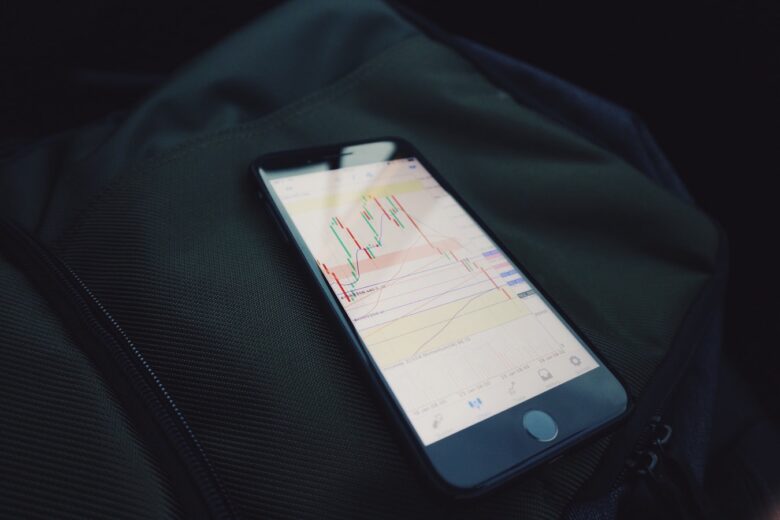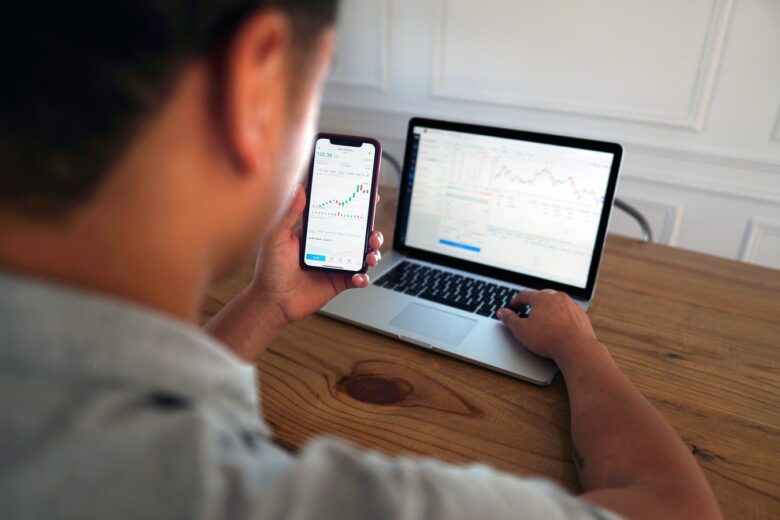If you are an international traveler or investor, you always want to minimize or eliminate the risks associated with currency exchange. The chances are high you have exposed yourself to such currency risks at one time and even lost a few dollars unknowingly.
Any person that does business internationally is vulnerable to currency risks. Exchange rates usually change when converting foreign currency to a domestic currency, and vice versa. Thankfully, there are many strategies you can use to hedge the risks.
How Currency Exchange Rates Can Affect Your Returns

Source: unsplash.com
The value of one currency against another currency can always change at any time. And the movement can cause an asset’s value to rise or fall, depending on the degree of fluctuation. In other words, it will influence your return on investment abroad.
When your local currency gets weaker, it will buy less foreign currency, decreasing its purchasing power. However, if the local currency increases in value, it can purchase more foreign currency, boosting the local currency’s purchasing power.
Here is an excellent example.
Let’s say you plan to invest in an American printing company, Printex (fictitious). The company trades its shares at $100, and the current USD/CAD exchange rate is 1.20. You’ll buy each share at CA$120. For ten shares, you’ll need around CA$1,200.
Now, you delay the purchase by five days, and the Canadian currency depreciates against the US Dollar. So the new USD/CAD exchange rate is 1.25. In that case, you’ll buy the shares at a higher price of CA$125 per stock and CA$1,250 for ten shares.
So, when you want to invest in foreign markets, you must consider the impact of the exchange rate on your investments. If you operate from Montreal, click here for the best exchange rates to save more on your foreign investment.
How to Hedge Currency Exchange Risks
Hedging currency exchange risks will help you avoid the uncertainties surrounding the foreign exchange. Here are the four best ways to hedge currency risks in your business.
- FX Options
- Forward Contracts
- Specialized Exchange Traded Funds (ETFs)
- Contract for Difference (CFD)
1. Hedging Currency Risks Using FX Options

Source: unsplash.com
With the FX option, you’ll not commit to buy or sell foreign currency on a given date. You have the right to exchange money using a rate highlighted in the contract. You are not obligated to sell or purchase foreign currency. So, there are no penalties involved.
Notably, there are two types of FX options: calls and puts. The call option protects you from the rally in currencies, while the put option protects you from the fall in a currency’s value. Generally, FX options will protect you from adverse exchange rate movements.
The good thing about FX options is, they are very flexible. They will protect your foreign investment against currency risks and, at the same time, retain the possibility of earning profits through favorable exchange rates. You’ll be enjoying double benefits.
To buy an FX option contract, you must first pay an upfront premium. Thankfully, most financial institutions have many hedging instruments with sales and purchase options, such as FX collars. You don’t require initial cash outlays to acquire such options.
2. Hedging Currency Risks Using Forward Contracts
How does the Forward Contract works? With this financial instrument, you can lock a foreign exchange rate agreed with the exchange provider. In other words, you preserve the current rates for future transactions. So the date and rate get pre-determined.
If you suspect that the exchange rates will change in the future, you can lock a rate for a specific duration to not fluctuate. However, the plan has a few limitations. For example, failure to use the locked exchange rates can result in penalties.
After signing a forward contract, the foreign exchange provider gets obligated to buy the foreign currency on a specified date. You are also obligated to offer foreign currency on the agreed date. If you fail to fulfill the agreement, you’ll get penalized.
3. Specialized Exchange Traded Funds (ETFs)

Source: unsplash.com
Investing in foreign financial instruments like stocks and bonds guarantees substantial amounts of returns. However, it involves significant risks that can affect your returns. To avert such risks, consider investing in specialized exchange-traded funds (ETFs).
A specialized ETF works like other ETFs, but instead of investing in bonds or stocks, you use currency cash deposits. You can even invest using the derivative instruments that mirror the underlying currencies. Notably, there are both long and short ETFs.
4. Hedging Currency Risks Using Contract for Difference (CFD)
How does the Contract for Difference (CFD) works? It’s a derivative instrument that speculates financial markets, such as forex, without taking ownership of the underlying assets. The good news is, you can use the product to hedge currency exchange risks.
CFD hedging works well because you agree to exchange the difference in an asset’s price (currency) from when the position gets opened to the time it gets closed. So, you can use the CFD to offset the currency risk of the asset getting edged.
Final Words

While international investors are the most vulnerable individuals to currency risks, the changes in exchange rates can also affect other market participants. To avoid the risks, take full advantage of the FX options, forward contracts, CFDs, and specialized ETFs.




